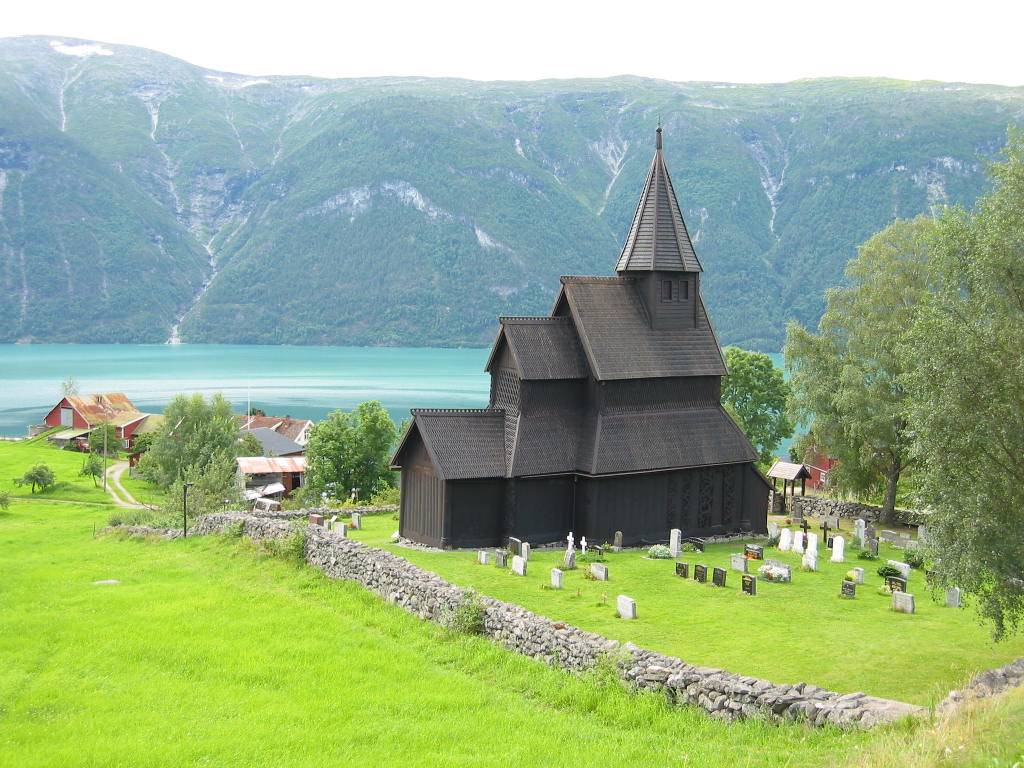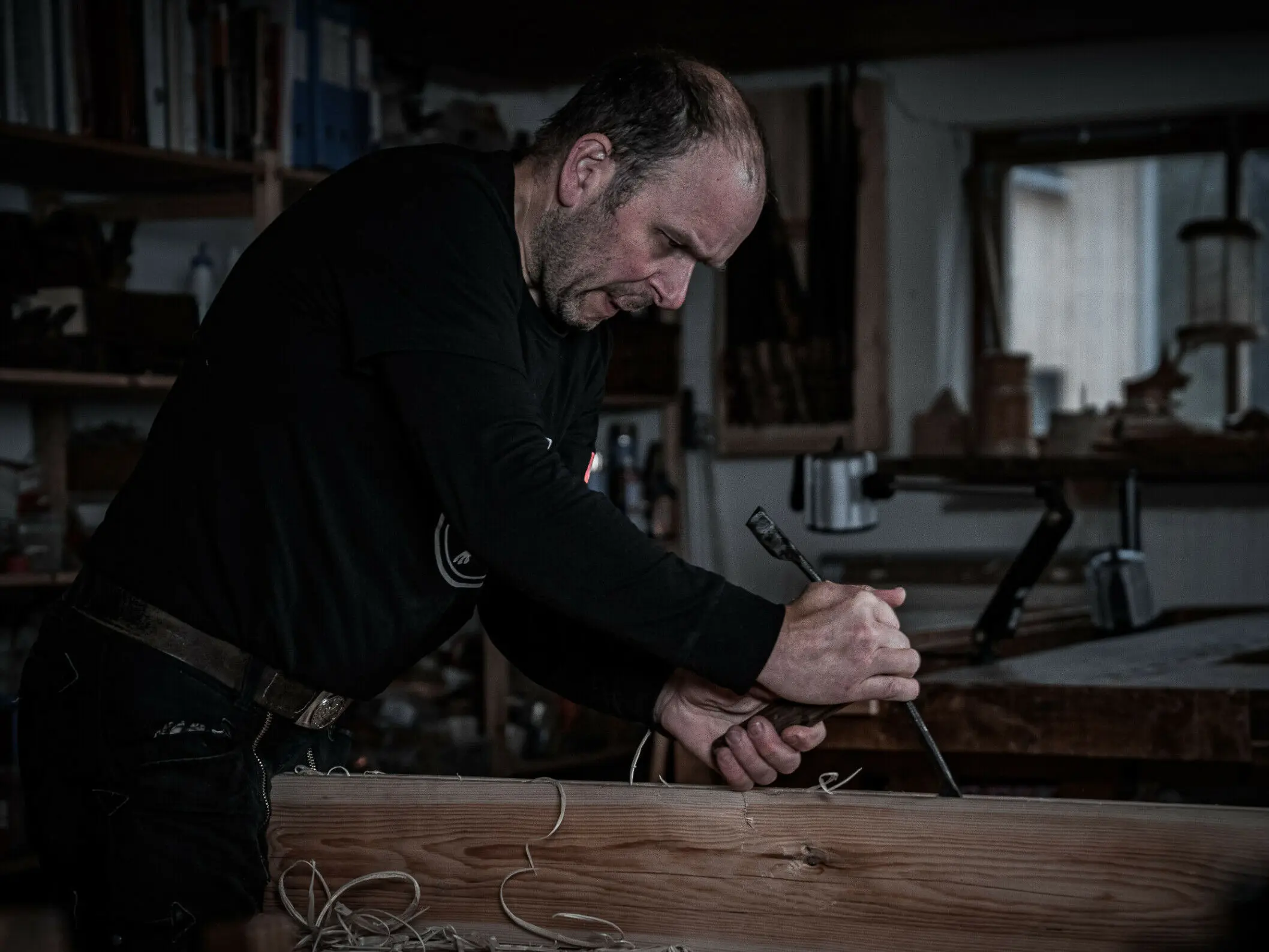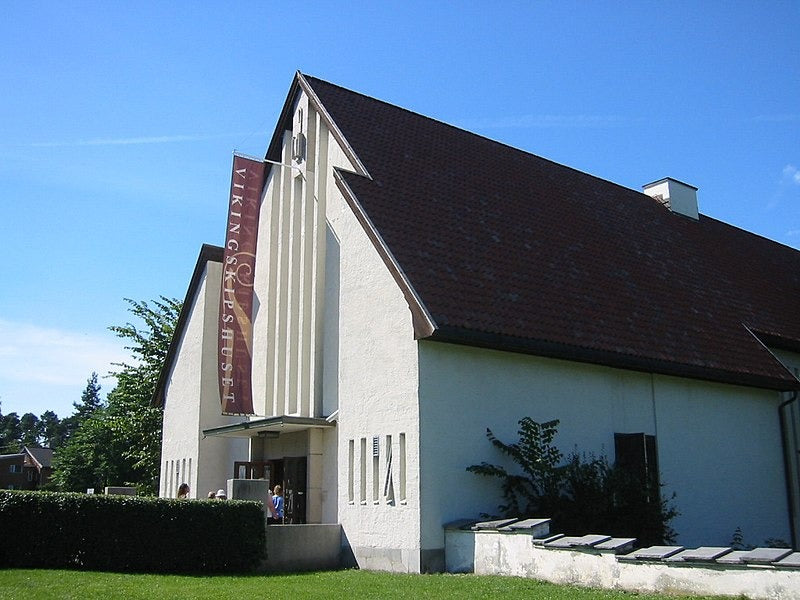
Norwegian Team Reconstructs Urnes Portal to Study Medieval Techniques
For over 150 years, the Urnes Stave Church has been a magnet for art, historians, archaeologists, and architects. This UNESCO World Heritage site, listed since 1979, houses one of Norway's most intriguing medieval artifacts: an intricately carved portal dating back nearly a millennium. The question that has puzzled experts for generations is: How was this masterpiece crafted in the 11th century?
The Challenge of Replication
To unlock the secrets of this ancient craft, a team of Norway's finest woodcarvers embarked on an ambitious project: creating a replica of the Urnes portal using medieval tools and techniques. This wasn't just an exercise in reproduction; it was a journey into the past, aimed at understanding the skills and methods of craftsmen from a thousand years ago.
Linn Willetts Borgen, an art historian and stave church researcher at the National Trust of Norway, which owns the church, explains the project's unique approach: "If that were the goal, we could simply have 3D-printed it." Instead, the team faced the challenge of recreating the portal as it would have been made in the 11th century.
A Portal Steeped in History

The Urnes Stave Church was built in the early 1130s, but the portal itself is even older. It was salvaged from a previous church on the same site, dating back to around 1070. The exceptional craftsmanship of the portal likely earned it a place in the new church.
The design of the portal is a complex web of intricate lines that weave over and under one another. This level of detail presented significant challenges to the modern craftsmen attempting to recreate it.
Tools of the Trade

Kai Rune Johansen at work in the Stiklestad National Cultural Center, one of three workshops that collaborated on the portal's creation, alongside Motved A/S at Hjerleid and the Treskjærerverkstedet in Bærum. (Photo: Even Hansen)
One of the key questions the team faced was: What tools were available to medieval woodcarvers? To answer this, they turned to archaeology and historical records.
Kai Rune Johansen, one of the woodcarvers involved in the project, studied the Heiberg collections, which contain a wide range of old tools from the region. The team also examined ancient reliefs and illustrations depicting craftsmen with their tools.
Their research led them to discover unique tools, including an iron blade shaped like an axe head but with a slightly curved edge. This tool proved to be surprisingly versatile, replacing several modern tools at once.
"An axe and a pjål sure are effective," notes Johansen. A pjål, a Viking Age tool similar to a plane, was another key implement in their toolkit.
Sourcing Materials the Medieval Way

The right plank of the newly crafted portal, featuring an intricate pattern that weaves over and under itself. (Photo: Even Hansen)
The project's commitment to authenticity extended to the materials used. The team collected peat from the mountains, burned it, and smelted the ore in a furnace to produce their own iron. This iron was then forged into ten tools, with handles secured using pitch or resin.
Finding the right wood was another challenge. The team needed a four-metre-long pine with a consistent one-metre width throughout. After an extensive search, they found a suitable tree in Vik, Western Norway, though some adaptations were necessary to meet the required dimensions.
Techniques Lost to Time
One of the most puzzling aspects of the original portal was how the craftsmen planned and executed such a large-scale design without modern tools like pencils. The team hypothesized that charcoal and scribing techniques were used, possibly with a grid system for sketching smaller sections.
The depth of the carvings, some up to ten centimeters deep, posed another challenge. The team discovered that what appears to be shadow in the original portal is actually one of the most time-consuming details to perfect.
A Glimpse into Medieval Mastery

The last details are carefully completed as the portal nears its final form. (Photo: Kai Johansen)
Kjartan Hauglid, a researcher and art historian at the Norwegian Institute for Cultural Heritage Research, emphasizes the exceptional skill of the original carver: "The person who carved the Urnes portal was incredibly skilled." He notes that while there are brooches and clasps from across Scandinavia that share similar stylistic elements, there is no other portal quite like it.
The Urnes portal represents the last known example of Germanic animal ornamentation and marks a significant transition in artistic styles. Hauglid explains, "There was a significant shift from the Viking-era woodcarving art to the European church art that emerged in the 12th century."
Lessons for the Present
This project not only sheds light on ancient techniques but also highlights the exceptional durability of medieval craftsmanship. "We don't have the capability today to build something that will last 900 years," Hauglid remarks, emphasizing the value of preserving such enduring artifacts.
The insights gained from this project extend beyond historical interest, offering potential lessons for sustainable building practices in our modern era.
Conclusion
The unveiling of the replica Urnes portal on September 22, 2024, marked a significant milestone in our understanding of medieval Norwegian craftsmanship. This project not only recreates a masterpiece but also bridges a millennium, connecting us with the skilled hands and creative minds of our ancestors.
As we marvel at the intricacy of the Urnes portal, both original and replica, we are reminded of the enduring power of human creativity and skill. In an age of rapid technological advancement, the lessons learned from this ancient craft offer valuable insights into sustainability, artistry, and the timeless quest for beauty and meaning in our built environment.
References
Kaste, A. M. (2024, September 30). How was this ornamental stave church portal created nearly 1000 years ago? ScienceNorway. https://www.sciencenorway.no/church-history-humanities/how-was-this-ornamental-stave-church-portal-created-nearly-1000-years-ago/2411742
"Urnes stave church 03" by Bosc d'Anjou is licensed under CC BY-NC-SA 2.0.
"File:Urnes Stave Church 1.jpg" by Leo-setä is licensed under CC BY 2.0.








